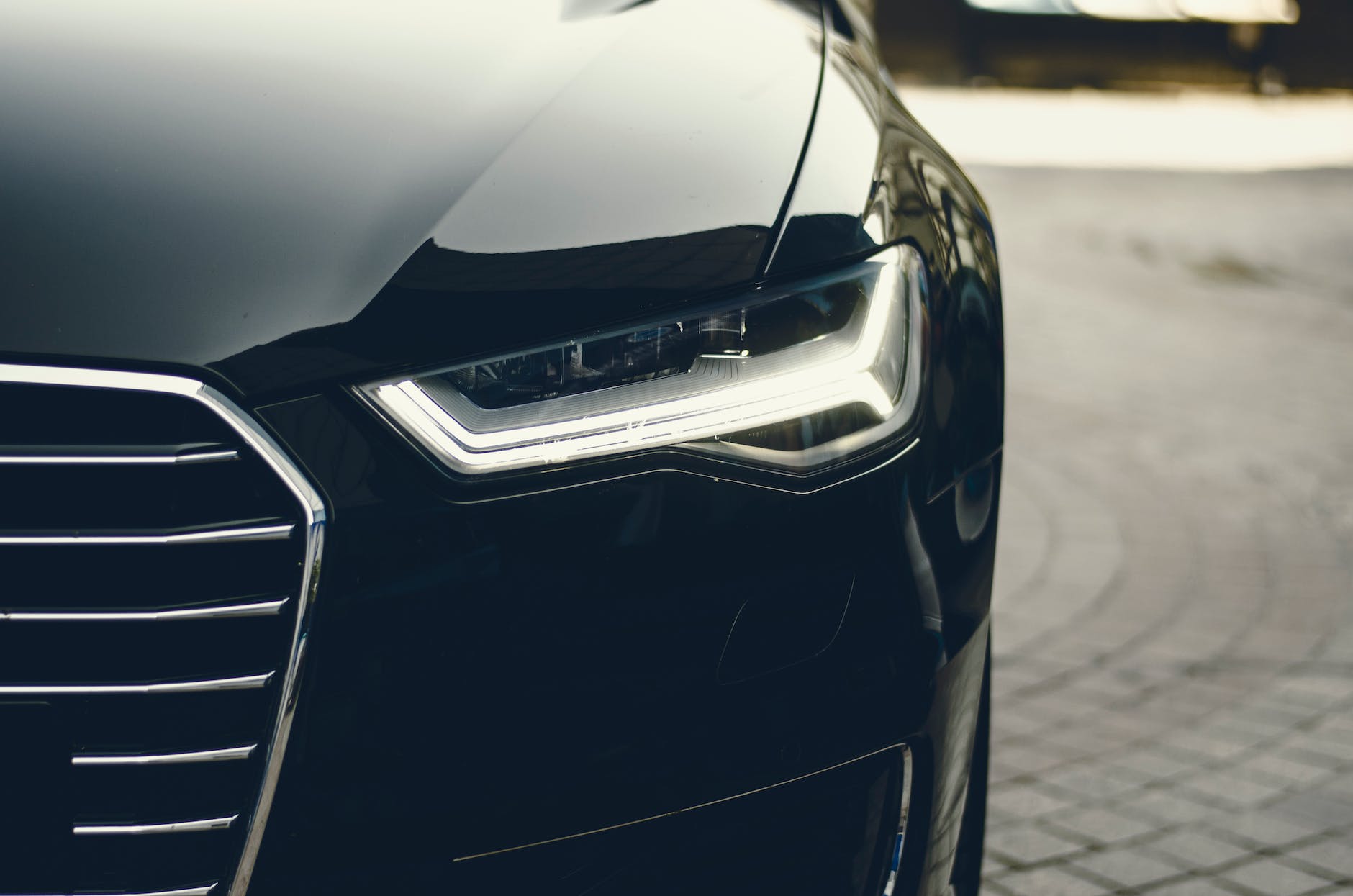
In every car, there is a system of sensors that allow it to function at a high level. These sensors will ultimately be necessary to get to a point where cars will be able to drive autonomously. Green Media News sat down with Miles Flamenbaum, CEO at Actasys, to learn how their systems are helping the future of electric vehicle technology.
Tell us a little bit about you and your background:
I’ve built my 30+ year career on bridging the gap between product concepts and the achievement of profitable returns on technology investments. I became CEO of Actasys at the beginning of 2018. I’m a proud alumni of Franklin & Marshall College (BA, Government), Boston University (MA, International Relations), and Brooklyn Law School (JD, International Business Law Fellow) and I am a member of the New York State Bar Association.
Why do you think climate change and sustainability is such an important topic today?
Not just today, but for a long time. Climate change has already been demonstrated to have massive impacts on habitats (both human and animal), economics (crop yields, businesses dependent on natural resources, infrastructure), geopolitics (resource scarcity, widening the divide between richer and poorer countries), social structures (migration due to the above), etc. I am fortunate to be part of a business that can make a positive contribution toward reducing greenhouse gas emissions.
Actasys enables vision sensors to operate in a wide range of challenging environmental and operating conditions. Many applications for these vision sensors are intended to increase the efficient use of resources (more efficient driving is an example). Our core technology is also used for thermal management, such as the cooling of battery packs to ensure their use is both safe and more efficient (batteries being a key part of effectively deploying electric vehicles or enabling storage of electricity generated using renewable resources).
What do you envision your industry looking like 10 years from now?
Advanced driver assistance systems (ADAS) are one of the fastest-growing technologies in automotive electronics. A major focus of car manufacturers I see 10 years from now is ‘sensorfication’ – utilizing a number of optical sensors (cameras, Lidars, infrared cameras) on the vehicle to achieve higher levels of ADAS for enhanced safety and efficiency on roads and highways.
What can the average person do to make a difference?
There is myriad of ways to help make a difference:
– Electric vehicles
– Home energy audits (these are often free or at a minimal cost)
– Review and revise the use of products that generate greenhouse gasses.
– Advocacy.
– Participate in local, regional, or national organizations that help promote education about climate change.
– Promote your achievements to your friends and social network, and encourage others to participate.
– Support politicians that are dedicated to ensuring climate change is a policy priority.
Miles, thank you for sharing how your systems are helping the future of electric vehicle technology.
Learn from leaders in renewable energy, cleantech, business, and sustainability by registering for The 2023 Green Summit.
Dylan Welch is the CEO and Host of Going Green, a podcast, website, and social media brand that highlights renewable energy, cleantech, and sustainable news.